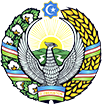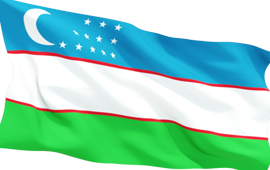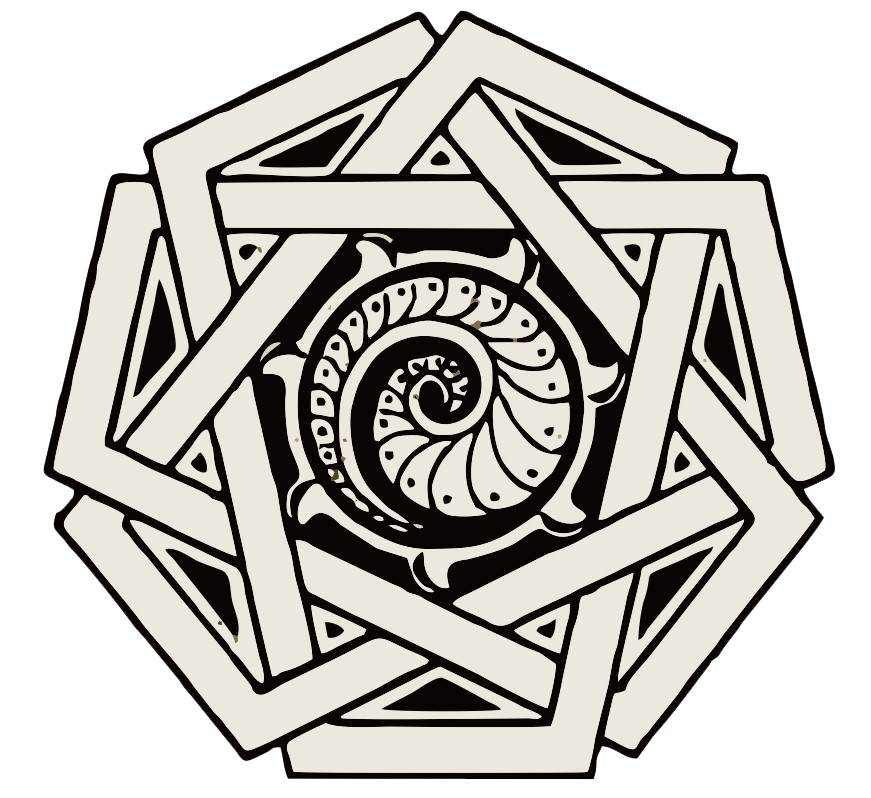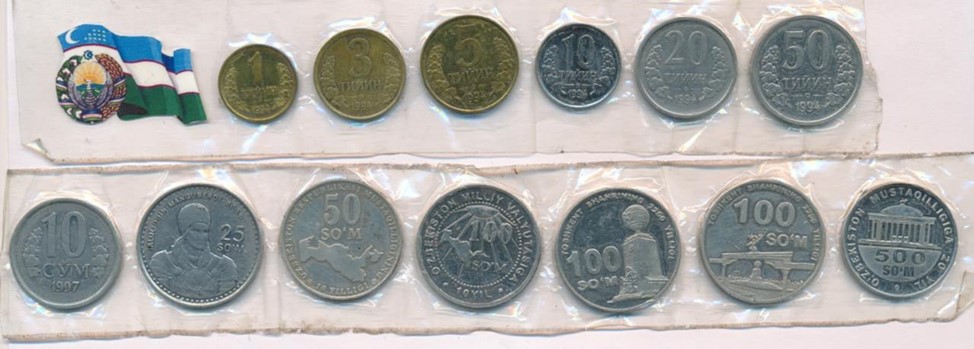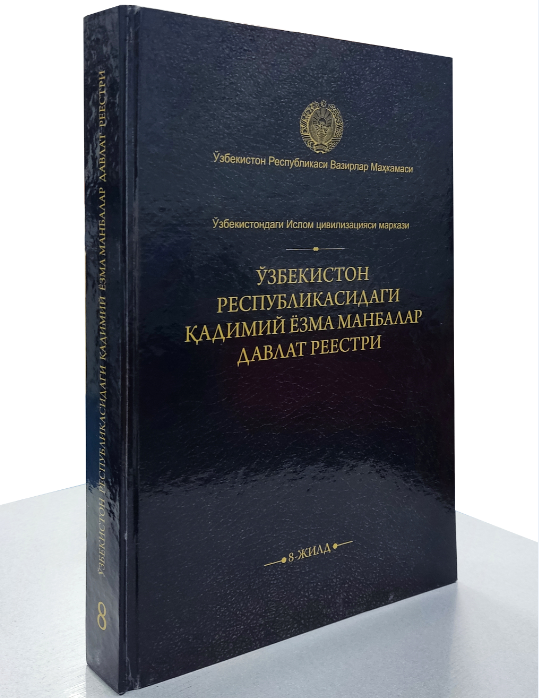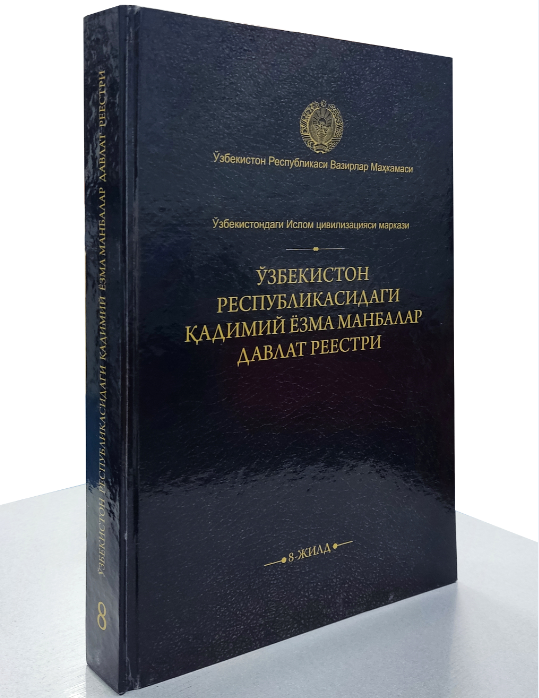The Islamic Civilization Center in Uzbekistan is planning to establish exhibitions dedicated to the history of numismatics in the country. The project, aimed at documenting the history of Uzbek numismatics, is being carried out with the involvement of Sergey Laptev, a special researcher from Japan’s Miho Museum.
“We have begun cataloging samples of coins minted in Uzbekistan before the Islamic period, searching for them in private collections, and contacting museums and international auctions worldwide to locate and replicate these coins for exhibition purposes. The primary goal is to compile this research into a book-album as a final, comprehensive result,” said Laptev.
Historically, Uzbekistan has played a significant role in Central Asia’s trade on the Silk Road. Various ancient states, such as Khwarezm, Bactria, and Sogdiana, which laid the foundation for early Uzbek statehood, minted their own coins for trade purposes. This indicates that even before the Islamic era, the practice of minting coins existed as part of the governance system in Central Asia, particularly in what is now Uzbekistan. However, comprehensive information on these coins is lacking. Thus, the project on the history of Uzbek numismatics is expected to bring valuable insights to Uzbek science.
It should be noted that numismatics is the study of coins. It examines aspects such as the images, inscriptions, weight, metal composition, circulation value, and the historical context of coin minting.
